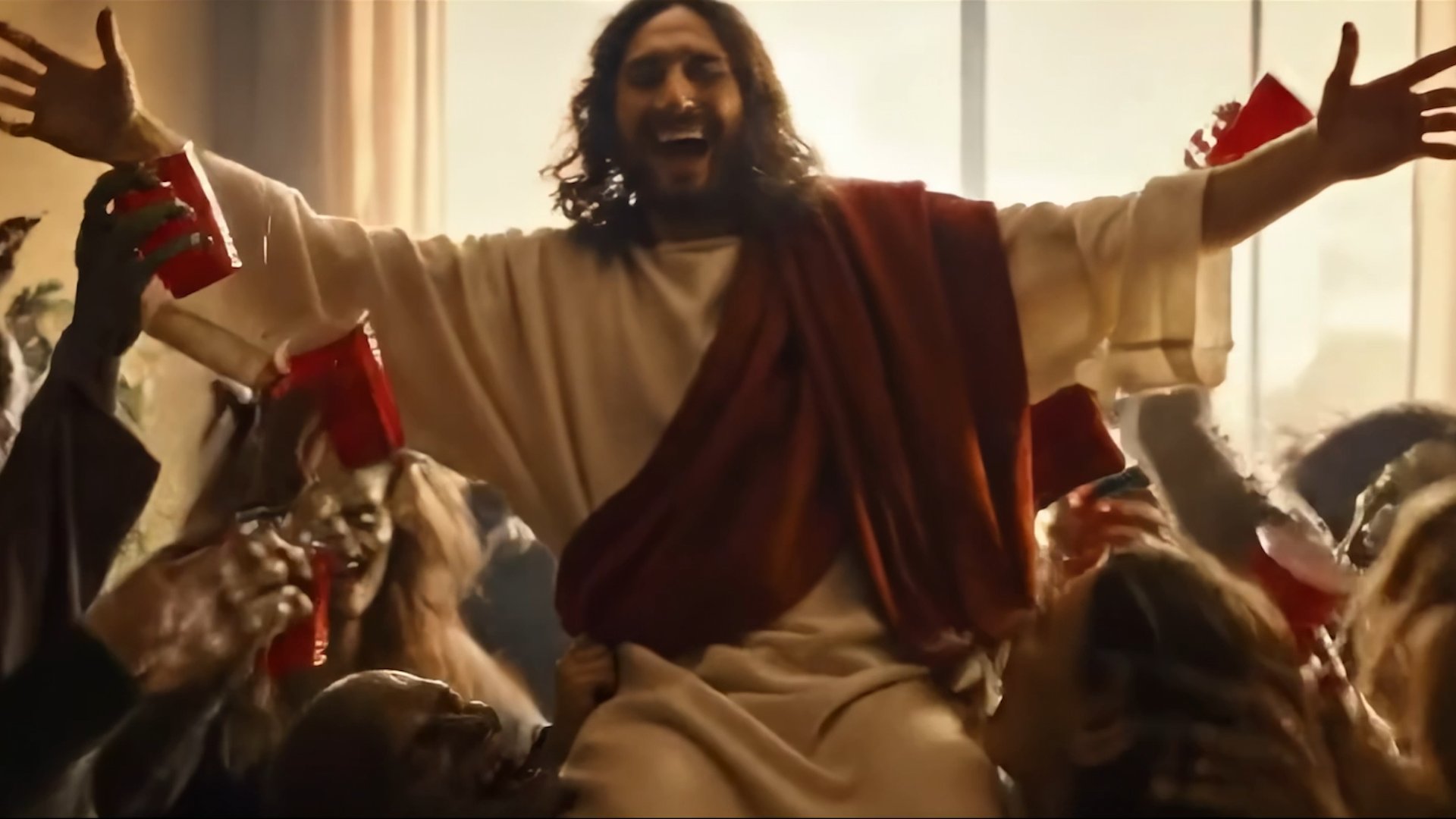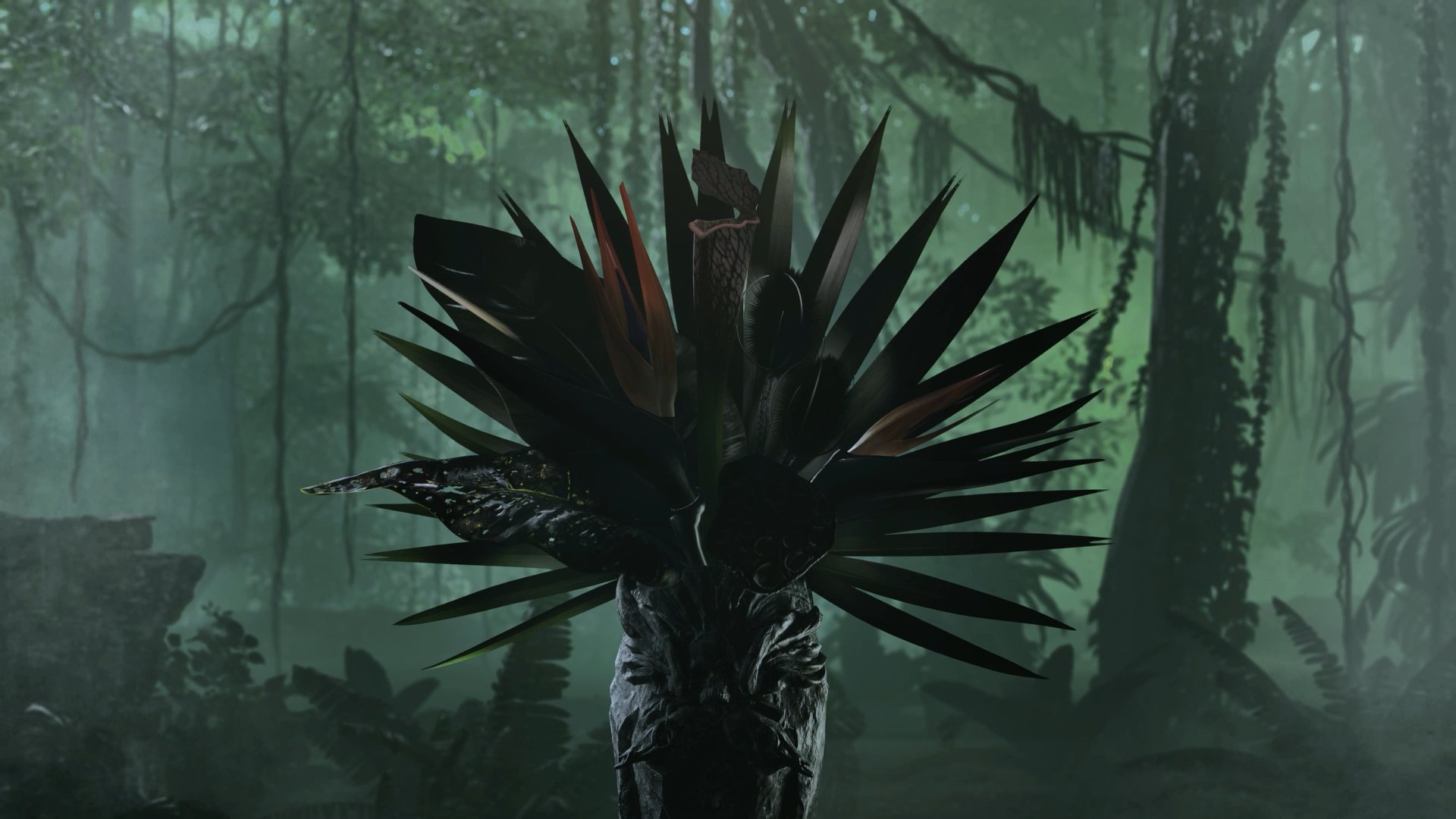When Tool gained early access to Google’s VEO 2 platform, Creative Director Tyler Cohen set out to push its boundaries with a fully AI-generated short film. The result, Roommate From Hell, is a devilishly funny story about Jesus renting a room to the devil in a moment of divine folly—a project that proves generative AI can do more than create glossy visuals.
THE PROCESS
Starting with the constraints of VEO 2, Tyler worked backward to build a narrative that leaned into both the strengths and limitations of generative AI. Every frame had to be meticulously crafted from text prompts, as VEO 2 operates solely as a text-to-video tool. To maintain visual consistency, he outlined a three-act structure, identified key moments, and used universally recognizable imagery, like Jesus and the devil, to help anchor the story.
ChatGPT played a key role in refining prompts that averaged 250–300 words, specifying everything from lighting to nuanced background action. Of ~700 clips generated, 125 were selected for the final cut, demonstrating VEO 2’s ability to deliver high-fidelity visuals that adhered closely to the prompts.
The editing process, completed in just 1.5 days, involved filling gaps and fine-tuning pacing in Premiere Pro. Audio design combined licensed tracks with sound effects, 75% of which were AI-generated. All visuals were created directly through prompting, with no color grading or manual adjustments applied.
PROJECT BREAKDOWN
Total Shots: 125 in the final cut
Total Generations: ~700 clips
Timeline: 5 days (3.5 for generating visuals, 1.5 for editing)
WHY VEO 2 STANDS OUT
Google's VEO 2 delivered unmatched consistency and photorealistic visuals, making Roommate From Hell possible. The platform’s ability to translate detailed text prompts into compelling visuals allowed the film to balance creativity and technical innovation seamlessly.
The result? A project that showcases the potential of text-to-video technology, proving AI can empower storytellers to bring bold, imaginative ideas to life without compromising on vision.


